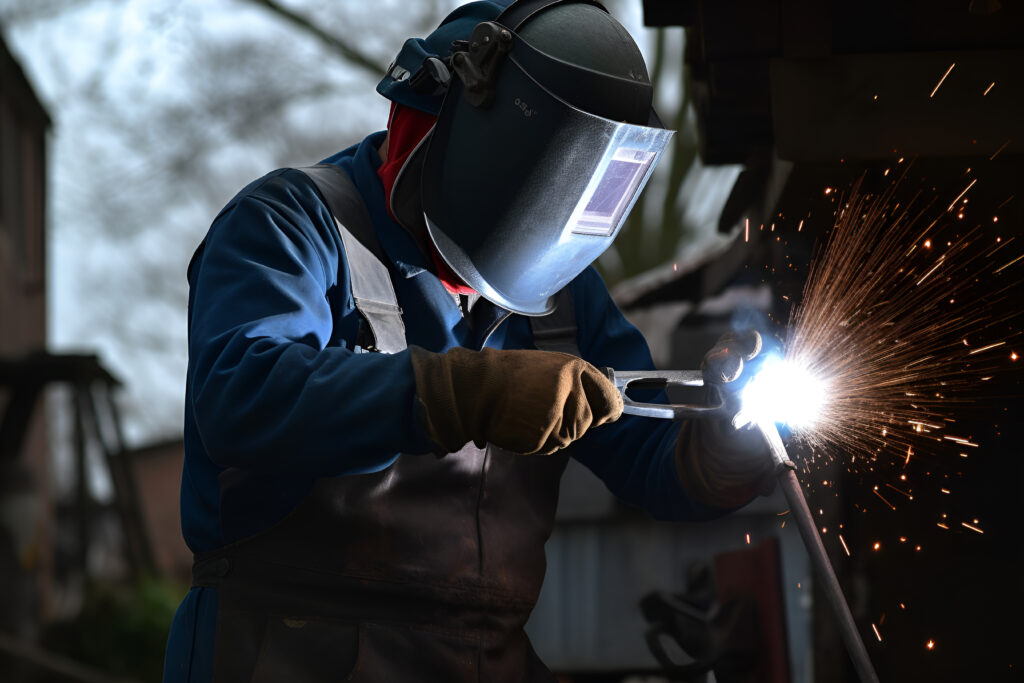In the realm of welding, efficiency is not merely about completing tasks quickly but also ensuring precision, safety, and quality. Whether you’re a novice welder or a seasoned professional, improving efficiency can lead to better outcomes and increased productivity. Here, we delve into a comprehensive guide on how to enhance welding efficiency through a series of invaluable tips for welding.
First and foremost, proper preparation lays the foundation for efficient welding. Before starting any welding project, ensure that your work area is clean, organized, and free from clutter. This not only promotes safety but also streamlines the welding process by eliminating unnecessary distractions and obstacles.
One of the fundamental tips for welding efficiency is selecting the appropriate welding technique for the job at hand. Different materials and joint configurations may require specific welding methods such as MIG, TIG, or stick welding. By choosing the most suitable technique, you can optimize efficiency and achieve optimal results.
Furthermore, investing in high-quality welding equipment is paramount. From welding machines to protective gear, using reliable tools enhances efficiency while minimizing the risk of accidents or equipment malfunctions. Regular maintenance and calibration of welding equipment also contribute to smoother operations and consistent performance.
Moreover, mastering proper welding posture and technique significantly impacts efficiency. Maintaining a stable stance, controlling the welding torch with precision, and executing smooth, consistent movements are essential for producing high-quality welds efficiently. Continuous practice and refinement of welding skills are key to achieving proficiency and boosting productivity.
Another crucial aspect of welding efficiency is effective joint preparation. Properly cleaning and beveling weld joints, removing any contaminants or debris, and ensuring proper fit-up are essential steps that cannot be overlooked. Additionally, utilizing appropriate welding consumables, such as filler metals and shielding gases, contributes to smoother welding processes and superior weld quality.
Incorporating time-saving strategies into your workflow can also enhance welding efficiency. Batch welding similar components, planning efficient travel paths, and minimizing downtime between welds are all effective ways to optimize productivity. Moreover, leveraging technological advancements such as automation and robotic welding systems can further streamline operations and increase output.
Furthermore, maintaining a proactive approach to safety is indispensable in welding efficiency. Adhering to proper safety protocols, wearing appropriate personal protective equipment (PPE), and conducting regular hazard assessments help mitigate risks and ensure a safe working environment. Remember, prioritizing safety not only protects you and your colleagues but also minimizes disruptions and delays in the welding process.
Continual learning and professional development are also essential for improving welding efficiency. Stay updated on the latest welding techniques, technologies, and industry trends through training programs, workshops, and certifications. Embrace opportunities to expand your knowledge and skills, as they directly contribute to enhancing efficiency and staying competitive in the field.
In conclusion, optimizing welding efficiency requires a combination of proper preparation, technique mastery, equipment quality, and safety consciousness. By implementing these tips for welding into your practice, you can streamline operations, increase productivity, and achieve superior results. Remember, efficiency is not just about working faster but working smarter, safer, and with precision.


